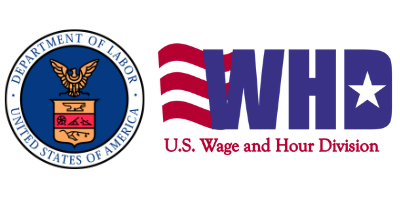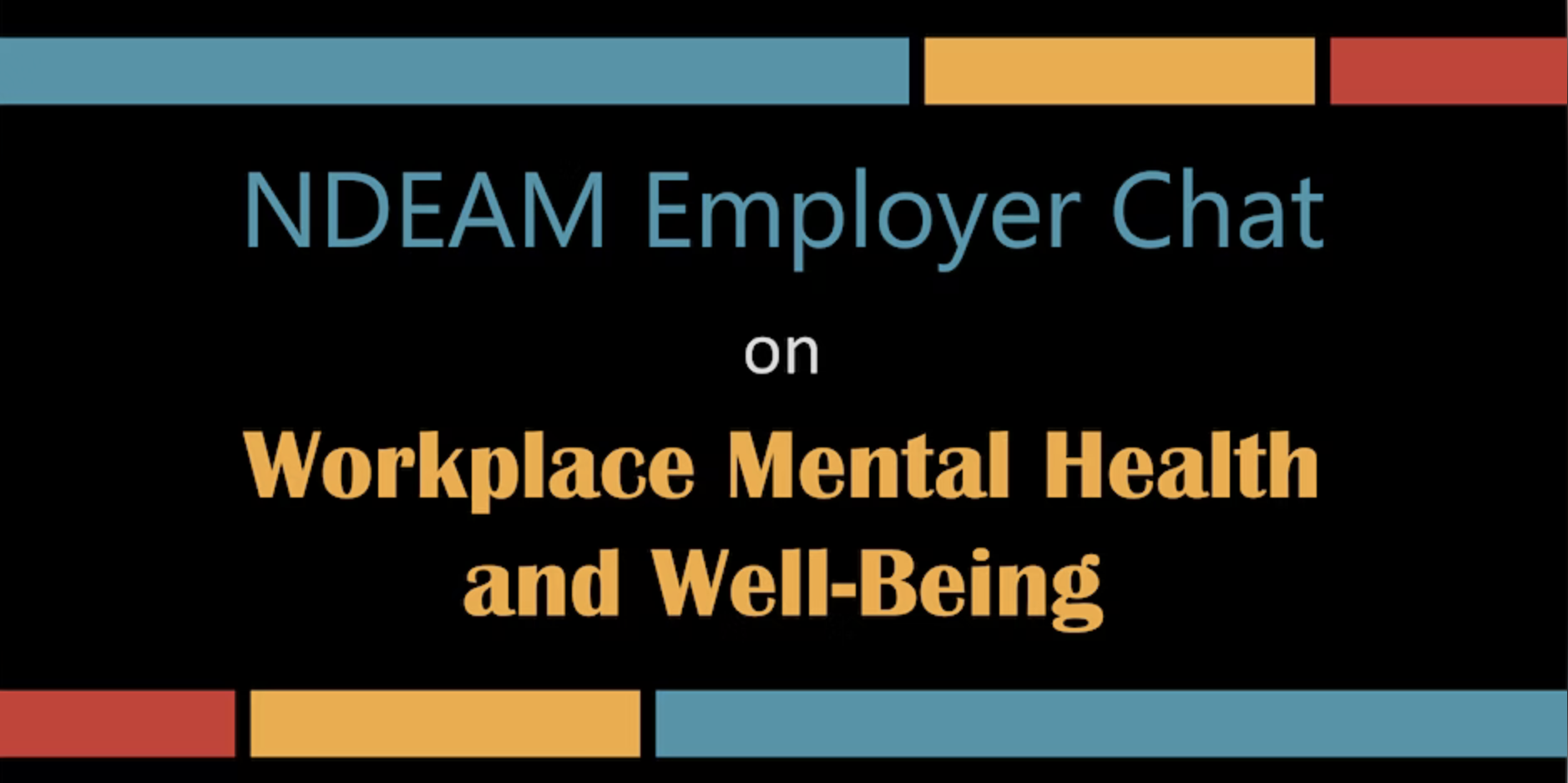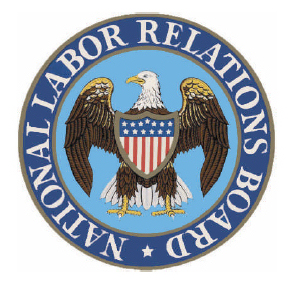 The DE OFCCP Week in Review (WIR) is a simple, fast and direct summary of relevant happenings in the OFCCP regulatory environment, authored by experts John C. Fox, Candee Chambers and Cynthia L. Hackerott. In today’s edition, they discuss:
The DE OFCCP Week in Review (WIR) is a simple, fast and direct summary of relevant happenings in the OFCCP regulatory environment, authored by experts John C. Fox, Candee Chambers and Cynthia L. Hackerott. In today’s edition, they discuss:
Tuesday, October 11, 2022: USDOL Formally Proposes Six-Part Test to Determine Independent Contractor Status Under the FLSA

The Trump Rule
Unsurprisingly, the Proposed Rule is yet a further expansion of worker rights by the Biden Administration to undo the pro-business regulatory actions of the previous Trump Administration. As readers may recall, the WHD under President Trump published a Final Rule (the “Trump Rule”) on January 7, 2021, implementing greater flexibility to establish “independent contractor” status under the FLSA. As we previously discussed, the Trump Administration’s Final Rule proposed an “Economic Reality” test, whereby the WHD would focus on two core factors to determine whether a worker was economically dependent on an employer and thus an “employee”:
- the nature and degree of the worker’s control over the work (whether a worker sets his or her own work schedule, chooses his or her own assignments, works with little or no supervision, and is able to work for others, including the businesses’ competitors); and
- the worker’s opportunity for profit or loss based on the worker’s initiative or investment in resources (does a worker’s opportunity to profit or suffer loss rest on the exercise of the worker’s own managerial skill or business acumen, and the worker’s management of investments in or capital expenditure on helpers, equipment, and materials).
Only if the foregoing two factors were in conflict would the WHD consider three other factors to evaluate whether a worker was an “employee” subject to the FLSA:
- the amount of skill required for the work (the greater the skill, knowledge, or ability to perform the services, the more likely the worker has autonomy in completing the assignment);
- the degree of permanence of the working relationship between the worker and the potential employer (is the working relationship definite in duration or sporadic); and
- whether the work is part of an integrated unit of production of the business (does the individual work in circumstances analogous to a production line; i.e. is the worker “a component of a potential employer’s integrated production process, whether for goods or services” or is the worker working “closely by employees and perform[ing] identical or closely interrelated tasks”).
How We Got Here
This is a bit complex. Upon assuming office, President Biden began the process of dismantling regulatory actions taken by his predecessor that were contrary to his political agenda. As with most recent regulatory actions however, the road to overturning the Trump Rule has been long, winding, and full of starts and stops.
On May 6, 2021, the Biden WHD first attempted to rescind the Trump Rule by publishing a Final Rule rescinding the January 7, 2021 rule. As we noted at the time, the Biden Administration cited three reasons for withdrawing the Trump Rule: (1) it was in tension with the FLSA’s stated purpose of protecting worker rights and relevant judicial precedent affirming such purpose; (2) the Trump Administration’s prioritization of two “core factors” was contrary to the balancing approach courts adopted in reviewing the workers’ relationship with a business; and (3) the Trump Rule would have narrowed the facts and considerations comprising the independent contractor analysis. With the rescission of the Trump Rule, the Biden WHD reverted to the multi-factor “totality of the circumstances” test the WHD had in place prior to the Trump Rule.
As expected, litigation ensued as entities favoring the Trump Rule sued in the U.S. District Court for the Eastern District of Texas. The litigation proved fruitful, as the court held that President Biden’s first attempt to rescind the Trump Rule violated the Administrative Procedure Act (APA). See Coalition for Workforce Innovation, et al. v. Walsh, et al., Case 1:21-cv-00130 (E.D. Tx. March 14, 2022). As a result, the court reinstated the Trump Rule.
The New Biden Rule: “Totality of Circumstances” Test
While the Biden Administration’s appeal of the Coalition for Workforce Innovation decision remains pending, the Biden WHD has now nonetheless drafted this Proposed Rule to comply with APA requirements and strengthen the viability of this new test against lawsuits sure to follow. Again citing the FLSA’s purpose of protecting worker rights and case decisions in conflict with the Trump Rule, the Proposed Rule re-adopts a “totality of circumstances” test with certain modifications. The test offered in the Proposed Rule would NOT assign a predetermined weight to the various factors. Instead, the WHD would view the worker relationship in light of the “economic reality” of the “whole activity” the worker performs. Under the proposed standard, the ultimate inquiry is whether the worker is economically dependent upon a business to determine whether a worker is an independent contractor or an employee. This requires the worker to be “in business for themself” for the WHD to determine the worker is an independent contractor. Under the Proposed Rule, the WHD will rely on six factors to determine economic dependence of the “worker” (thus rendering the worker an “employee”):
- Opportunity for profit or loss depending on managerial skill: Does the worker exercise managerial skill that affects his or her economic success or failure? Relevant facts include whether the worker determines or can meaningfully negotiate the charge or pay for the work provided; whether the worker accepts or declines jobs or chooses the order and time in which jobs are performed; whether the worker engages in marketing or advertising to expand their business or secure more work; and whether the worker makes decisions to hire others, purchase materials and equipment, or rent space.
- Investment by the worker and the employer: Does the worker make capital or entrepreneurial investments in their business? The worker’s investments should support an independent business and serve a business-like function, such as increasing the worker’s ability to do different types of or more work.
- Degree of permanence of the work relationship: Is the work relationship indefinite in duration or continuous in nature? If so, this would indicate an employment relationship. To be an independent contractor, the work relationship should be definite in duration, non-exclusive, project-based, or sporadic.
- Nature and degree of control: Does the business control, or reserve control, over the performance of the work and the economic aspects of the working relationship? Relevant facts include whether the business reserves the right to supervise or discipline the worker, or places demands on the worker’s time that do not allow them to work for others or work when they choose.
- Extent to which the work performed is an integral part of the business: Is the function the worker performs critical, necessary, or central to the principal business?
- Skill and initiative: Is the worker using a specialized skill to perform the work?
Contrary to the Trump Rule, the Proposed Rule does not consider one particular factor determinative or dispositive. Rather, the weight the WHD will give each factor depends on the facts and circumstances of the particular case. Additionally, the Proposed Rule permits consideration of “additional factors” not spelled out in the proposed Rule if they indicate in some way whether the individual is in business for him or herself.
Next Steps
Employers and worker rights’ groups will begin submitting comments to the Proposed Rule in hopes the WHD may revise some of the proposed language in a way more favorable to them. If the WHD follows the course of recent history, the Proposed Rule will be published as a Final Rule within the next three to six months given the unlikelihood the Biden Administration will veer afar from the current proposed language.
Thus, employers should begin analyzing their independent contractor relationships and now start thinking about how they would make the necessary adjustments since most wage-hour audits for compliance purposes take approximately six months for review and implementation. While litigation will surely follow upon implementation of the Proposed Rule in Final form, and unless enjoined pending court review, the new “totality of circumstances” test will be the basis by which the WHD determines classification issues under the FLSA while court appeals are pending.
To qualify workers as independent contractors under the new Biden test, employers should thus ensure they are able to answer most of the following questions in the affirmative:
- Does the worker operate an independent business they market to others?
- Does the worker set or negotiate their rate of compensation?
- Is the worker compensated on a project or invoice basis?
- Does the worker supply the materials and tools necessary to perform the work?
- Does the worker invest his or her own funds in maintaining tools?
- Does the worker invest his or her own funds in expanding their services to others?
- Is there an independent contractor agreement with the worker?
- Does the independent contractor agreement denote a finite period for the work relationship, either by project or monthly basis?
- Does the worker retain the ability to set his or her own work hours?
- Does the worker have control and discretion over how the work is accomplished? In other words, does the business only set the end result while the worker determines the means of achieving such end result?
- Is the worker able to offer the same type of services or work to other businesses?
- Is the worker performing “the business” of the business? In other words, is the worker providing the service or product the business offers to customers?
- Is the worker performing a specialized skill or service the business does not independently offer as its product or service?
- Is the worker’s work specialized or unique in some way?
FTC Recently Issued Related Policy on Gig Work
In a related development, last month, the Federal Trade Commission (FTC) issued a 17-page “Policy Statement on Enforcement Related to Gig Work.” In a corresponding press statement, the FTC noted multiple areas where there is potential for harm to workers in the gig economy, including:
“Misrepresentations about the nature of gig work: While gig companies promote independence to potential workers, in practice these firms may tightly prescribe and control their workers’ tasks in ways that run counter to the promise of independence and an alternative to traditional jobs.”
To date, there is no indication that the FTC has taken any actions to enforce this new policy. We reported in July that the “NLRB and FTC Signed [a] New Partnership Agreement To Focus on ‘Anticompetitive and Unfair Labor Practices’.”
Thursday, October 13, 2022: USDOL’s NDEAM Employer Chat on Workplace Mental Health Underscored Equity & COVID Impact

They emphasized the importance of these measures “as the nation experiences a mental health crisis driven, in part, by the pandemic,” the DOL stated in a press release on the discussion. “The Centers for Disease Control and Prevention has reported heightened levels of stress and anxiety, as well as significant increases in the rates of depression and drug overdose,” the Department noted in the press release. “People coping with the effects of Long COVID are also reporting its impact on their mental health.” As we reported earlier this year, USDOL chose “Disability: Part of the Equity Equation” as the theme for October’s National Disability Employment Awareness Month (NDEAM) 2022. This discussion is offered in honor of NDEAM.
In Brief
Tuesday, October 11, 2022: USCIS Alerted Employers to Continue to Use Expiring I-9 Form Until Further Notice

At the end of March, USCIS published a notice in the Federal Register seeking public comments on its proposed extension and revisions to the form. In our WIR story, “Comment Now on Revisions to the I-9 Form,” we detailed the proposed changes to this information collection requirement (ICR). That first comment period (60 days) ended on May 31, 2022. In early July, we reported that pursuant to the Paperwork Reduction Act of 1995, USCIS posted a second Federal Register notice, offering an additional 30-day comment period. The comment period for that second notice closed on August 8. On September 23, USCIS submitted its request for approval of the finalized form to the White House Office of Management and Budget (OMB). The OMB grants a month-to-month extension of existing ICRs while they undergo review. The finalized revisions would only take effect upon OMB approval.
Friday, October 14, 2022: U.S. NLRB Extended by One Month Comment Periods on Joint Employer Status Proposal

The Board said that a Federal Register notice of the extension of time will be forthcoming. For details on the proposal, see our WIR story: “Everything Old is New Again: NLRB Proposes Familiar-Looking Rule to Determine Joint Employer Status.”
Looking Ahead:
Upcoming Date Reminders
Tuesday, October 18, 2022: DE Webinar – “Forming and Sustaining Partnerships to Improve Employment of People with Disabilities”
Tuesday, October 18, 2022: Deadline to submit comments on FAR Council’s proposed Rule mandating Project Labor Agreements on large federal construction projects – https://www.regulations.gov/document/FAR-2022-0003-0001
Wednesday, October 19, 2022: Deadline to submit objections to OFCCP regarding EEO-1 Data (Component 1, Type 2) FOIA disclosure request (previous September 19 deadline extended) – https://www.dol.gov/agencies/ofccp/submitter-notice-response-portal
Thursday, October 20, 2022 (2:00 PM Eastern Time): DE Masterclass Roundtable – “Report of Successful DE&I Programs That Are Lawful And Won’t Get You Into Trouble”
Tuesday, October 25, 2022 (3:00 PM Eastern Time): DE Webinar – “Inclusive & Accessible Recruitment: 3 Steps to Secure Leadership Buy-in”
Tuesday, November 1, 2022: Deadline to submit comments on US General Services Administration’s future rulemaking regarding union solicitations of federal contractor employees in GSA-controlled buildings – https://www.regulations.gov/docket/GSA-FMR-2022-0011
Friday, November 25, 2022: US DOL Final Rule rescinding Industry-Recognized Apprenticeship Programs and shifting department resources to Registered Apprenticeship Programs takes effect – http://www.federalregister.gov/d/2022-20560
Monday, November 28, 2022: Comments due on USDOL WHD proposed rule on “Employee or Independent Contractor Classification Under the Fair Labor Standards Act” – https://www.regulations.gov/docket/WHD-2022-0003
Wednesday, December 7, 2022: Deadline to submit initial comments on National Labor Relations Board’s proposed Rule to Determine Joint Employer Status (previous November 7 deadline extended) – https://www.regulations.gov/docket/NLRB-2022-0001
Wednesday, December 21, 2022: Deadline to submit reply comments in response to initial comments on National Labor Relations Board’s proposed Rule to Determine Joint Employer Status (previous November 21 deadline extended) – https://www.regulations.gov/docket/NLRB-2022-0001
Sunday, January 1, 2023: The minimum wage for federal contracts covered by Executive Order 13658 (“Establishing a Minimum Wage for Contractors”) (contracts entered into, renewed, or extended prior to January 30, 2022), will increase to $12.15 per hour, and the minimum cash wage for tipped employees increases to $8.50 per hour – https://www.federalregister.gov/documents/2022/09/30/2022-20905/minimum-wage-for-federal-contracts-covered-by-executive-order-13658-notice-of-rate-change-in-effect
Sunday, January 1, 2023: The minimum wage for federal contractors covered by Executive Order 14026 (“Increasing the Minimum Wage for Federal Contractors”) (contracts entered into on or after January 30, 2022, or that are renewed or extended on or after January 30, 2022), will increase to $16.20 per hour, and the minimum cash wage for tipped employees increases to $13.75 per hour – https://www.federalregister.gov/documents/2022/09/30/2022-20906/minimum-wage-for-federal-contracts-covered-by-executive-order-14026-notice-of-rate-change-in-effect
Wednesday, April 12 – Friday, April 14, 2023: DEAMcon23 Chicago (Registrations open now; Agenda coming later this month!)
THIS COLUMN IS MEANT TO ASSIST IN A GENERAL UNDERSTANDING OF THE CURRENT LAW AND PRACTICE RELATING TO OFCCP. IT IS NOT TO BE REGARDED AS LEGAL ADVICE. COMPANIES OR INDIVIDUALS WITH PARTICULAR QUESTIONS SHOULD SEEK ADVICE OF COUNSEL.
SUBSCRIBE.
Compliance Alerts
Compliance Tips
Week In Review (WIR)
Subscribe to receive alerts, news and updates on all things related to OFCCP compliance as it applies to federal contractors.
OFCCP Compliance Text Alerts
Get OFCCP compliance alerts on your cell phone. Text the word compliance to 55678 and confirm your subscription. Provider message and data rates may apply.
